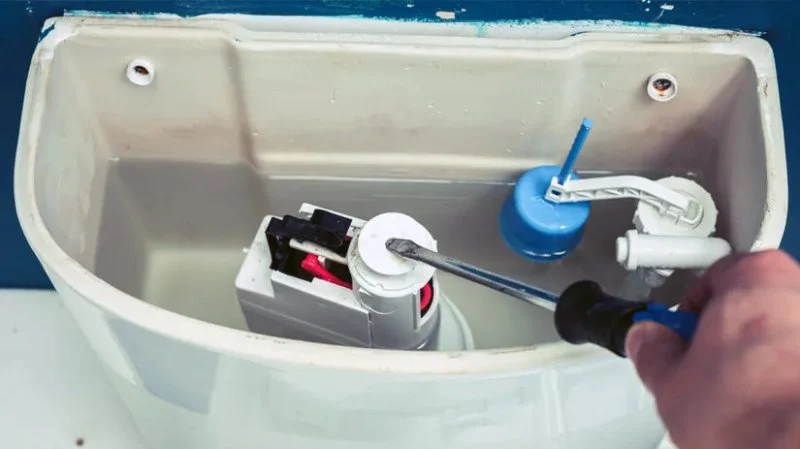
- 1- Understanding a Running Toilet
- 2- Common Causes of a Running Toilet
- 3- Quick Fixes for a Running Toilet
- 4- Preventing a Running Toilet
- 5- Real-Life Story of Fixing a Running Toilet
- 6- When to Call a Plumber for a Running Toilet
1. Understanding a Running Toilet
A running toilet is one of the most common plumbing issues in households. It occurs when water continually runs into the toilet bowl, even when the toilet isn’t in use. This can lead to excessive water wastage, higher water bills, and potential damage to the toilet over time. A running toilet is not just an inconvenience; it can also be a sign that something is malfunctioning within the toilet's internal components.
While a running toilet may seem like a minor issue, if left unresolved, it can cause major problems. The good news is that many cases of running toilets can be fixed quickly with simple repairs, and with the right knowledge, you can address the problem yourself. Understanding the common causes and knowing how to fix them is key to keeping your toilet working efficiently.
2. Common Causes of a Running Toilet
There are several reasons why a toilet may start running. Some of the most common causes include:
- Flapper Valve Issues: The flapper is a rubber valve at the bottom of the tank that controls the flow of water into the bowl. If the flapper doesn’t seal properly, water continuously leaks into the bowl, causing the toilet to run.
- Faulty Fill Valve: The fill valve controls the water level in the toilet tank. If the fill valve malfunctions, it may keep adding water to the tank, causing the toilet to run continuously.
- Chain Problems: If the chain connected to the flapper is too long or too short, it may prevent the flapper from closing completely, leading to a running toilet.
- Overflow Tube Issues: If the water level in the tank is too high and spills into the overflow tube, it will cause the toilet to run. This is often due to a misadjusted fill valve or a stuck float.
3. Quick Fixes for a Running Toilet
Luckily, fixing a running toilet doesn’t have to be complicated. Here are some simple fixes you can try yourself:
- Check the Flapper: The first step is to inspect the flapper valve. If it’s worn out or damaged, replacing it is the easiest and most affordable solution. Simply turn off the water supply, remove the old flapper, and install a new one that fits your toilet model.
- Adjust the Fill Valve: If the water level in the tank is too high, it could be causing the toilet to run. Adjust the fill valve to set the correct water level, ensuring it’s about an inch below the overflow tube.
- Inspect the Chain: Check the chain connected to the flapper to ensure it’s not too tight or too loose. Adjust it so that the flapper can close properly after each flush.
- Clean the Overflow Tube: If there is debris or mineral buildup around the overflow tube, clean it to ensure the water flows correctly. This will prevent the tank from overfilling and causing a running toilet.
4. Preventing a Running Toilet
Prevention is always better than cure, and this holds true for toilet maintenance. To prevent a running toilet, consider the following tips:
- Regularly Check Toilet Components: Periodically inspect the internal parts of your toilet, including the flapper, fill valve, and float. Catching problems early can save you from more costly repairs down the line.
- Keep the Tank Clean: Mineral buildup and debris can affect the performance of your toilet. Regularly clean the inside of the tank to keep everything functioning smoothly.
- Use High-Quality Parts: If you’re replacing parts like the flapper or fill valve, use high-quality components that are designed to last longer and perform better.
5. Real-Life Story of Fixing a Running Toilet
One of our customers, Sarah, had been dealing with a running toilet for weeks. She was frustrated by the constant noise and rising water bills. After trying to ignore the problem for as long as possible, Sarah decided to take matters into her own hands. She followed a few simple steps: checking the flapper, adjusting the fill valve, and ensuring the chain was correctly positioned.
Within an hour, Sarah had fixed the issue without needing to call a plumber. Not only did this save her money, but it also gave her a sense of accomplishment. Sarah now takes time every few months to inspect her toilet, preventing the same issue from happening again.
6. When to Call a Plumber for a Running Toilet
While many running toilet issues can be fixed with DIY solutions, there are times when calling a plumber is necessary. If you’ve tried the fixes above and your toilet is still running, or if you notice any additional problems such as water leaks or a constantly running tank despite adjusting the components, it’s time to contact a professional plumber.
Plumbers can help diagnose more complex issues, such as problems with the toilet’s internal plumbing or underlying water supply problems. At Plumbers Supply Hub, we provide you with access to expert plumbers who can resolve any toilet-related issues quickly and efficiently.


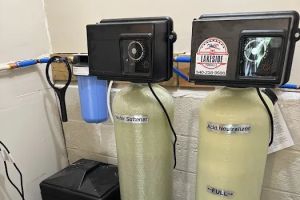



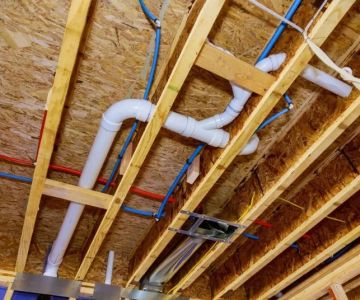
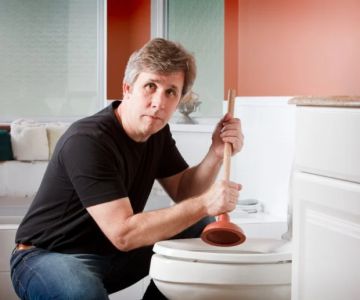
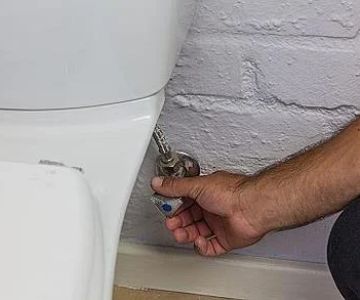
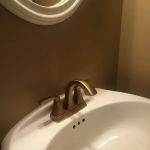 Aaron's Plumbing4.0 (658 reviews)
Aaron's Plumbing4.0 (658 reviews)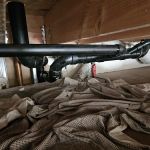 Rivera plumbing and rooter service license #10418894.0 (17 reviews)
Rivera plumbing and rooter service license #10418894.0 (17 reviews) Carlong Plumbing Solutions4.0 (258 reviews)
Carlong Plumbing Solutions4.0 (258 reviews) Roto-Rooter4.0 (429 reviews)
Roto-Rooter4.0 (429 reviews) Alberto's Plumbing4.0 (61 reviews)
Alberto's Plumbing4.0 (61 reviews) Pro Master Plumbing And Rooter0.0 (0 reviews)
Pro Master Plumbing And Rooter0.0 (0 reviews)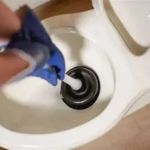 Steps to Unclog a Toilet That Won’t Flush Properly
Steps to Unclog a Toilet That Won’t Flush Properly How to Replace a Shower Glass Door Without Causing Leaks
How to Replace a Shower Glass Door Without Causing Leaks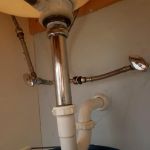 How to Replace a Sink Overflow Tube: A Complete Step-by-Step Guide
How to Replace a Sink Overflow Tube: A Complete Step-by-Step Guide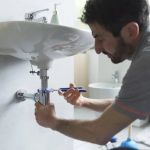 When to Call a Professional for Sewer Line Issues
When to Call a Professional for Sewer Line Issues How to Choose the Best Faucet for Water Savings
How to Choose the Best Faucet for Water Savings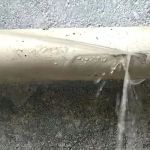 How to Repair a Cracked Pipe Without Replacing It
How to Repair a Cracked Pipe Without Replacing It